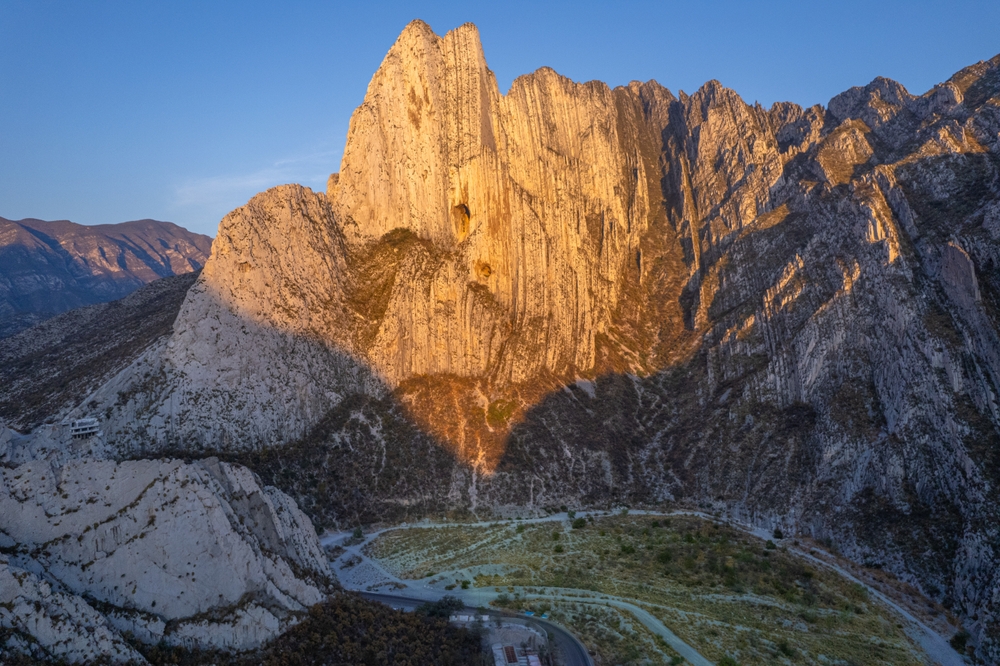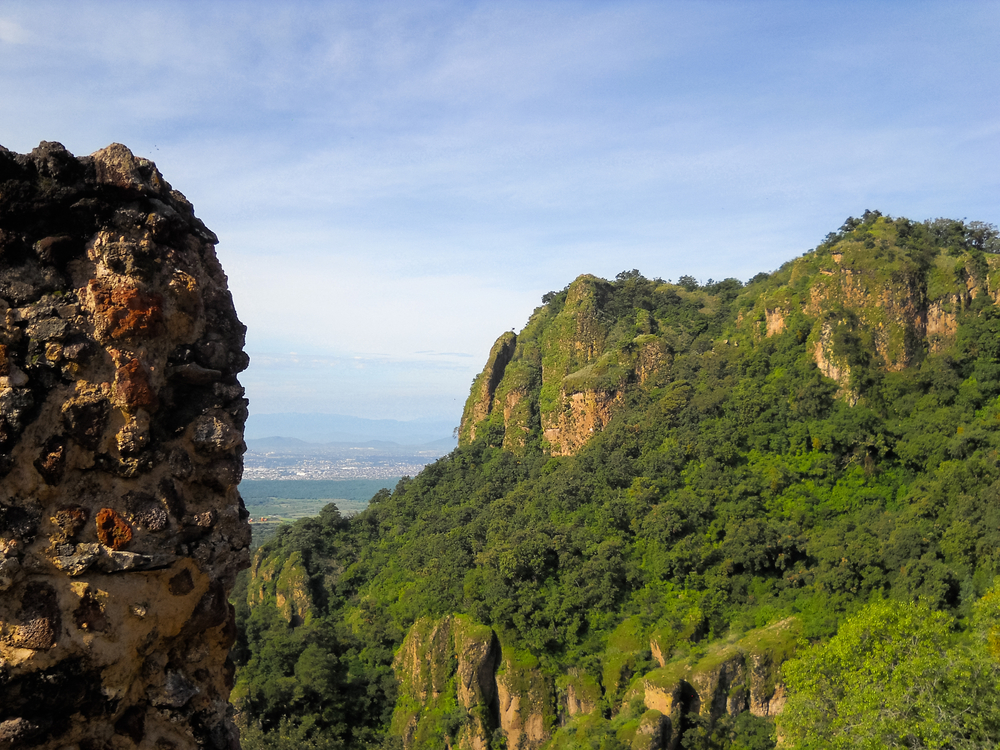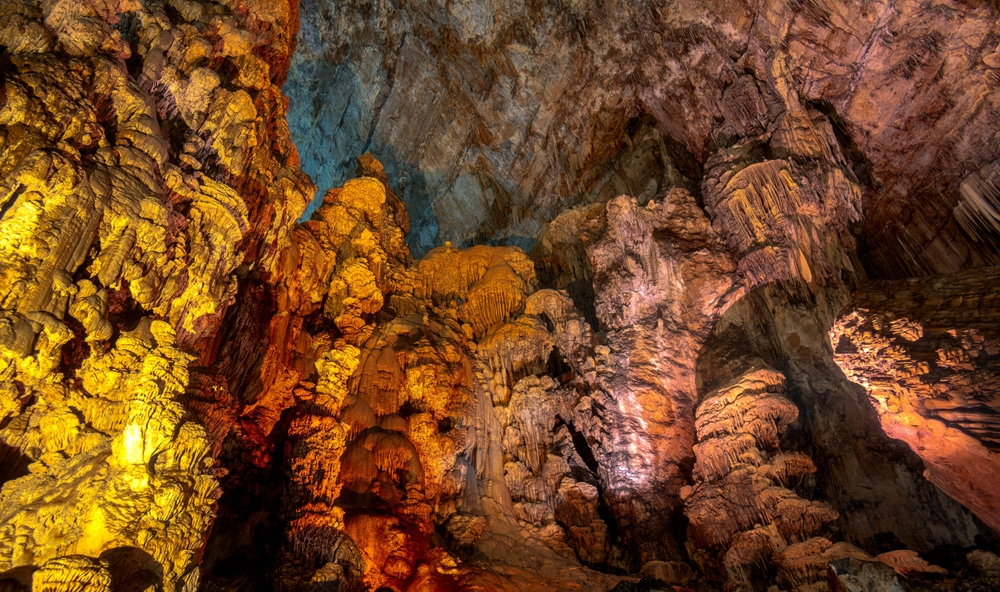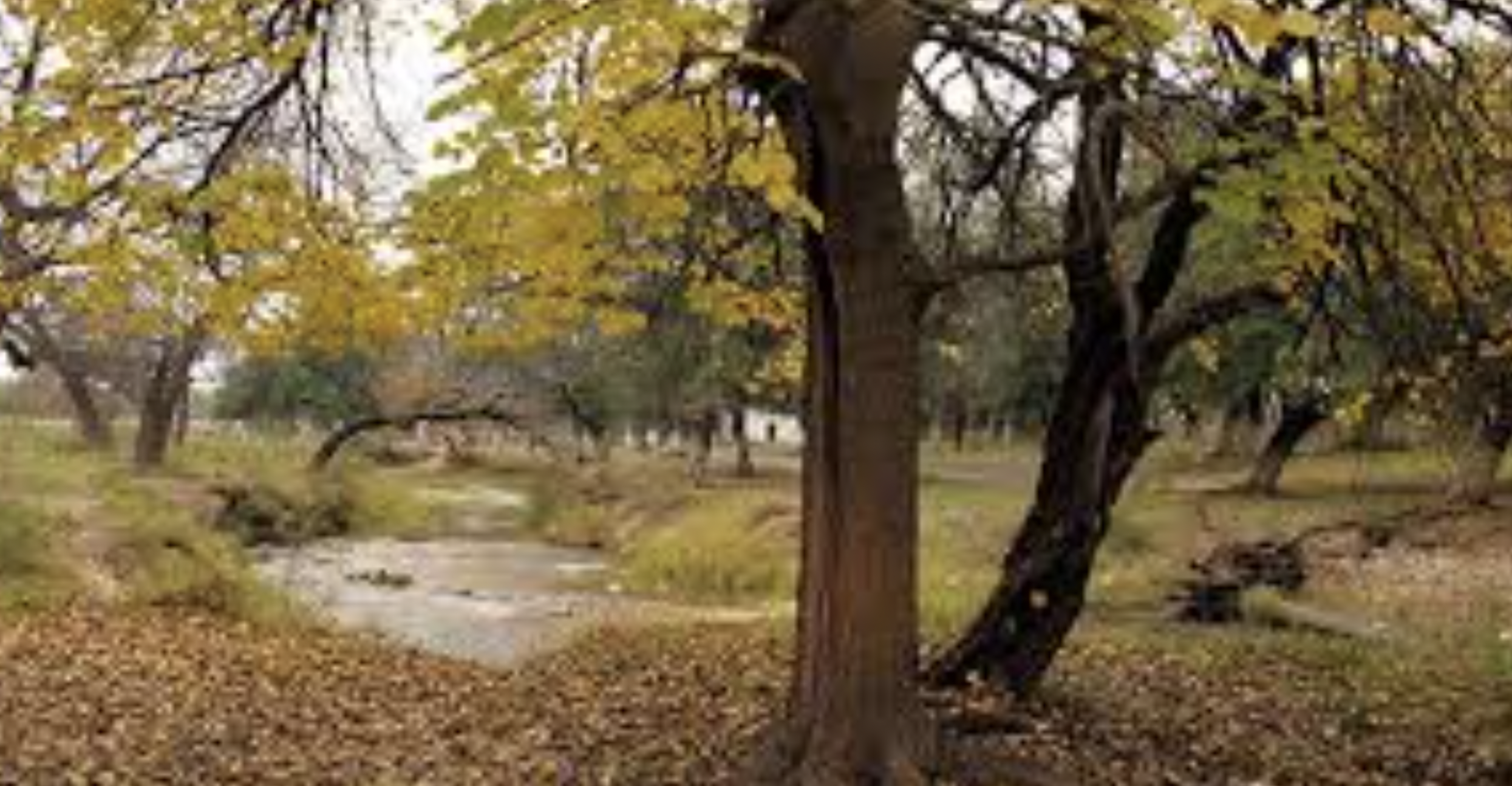Los Novillos Overview
Los Novillos National Park, known locally as Parque Nacional Los Novillos, is a protected natural area located in the municipality of Villa Acuña, Coahuila, Mexico.
Established on June 18, 1940, the park originally encompassed approximately 0.22 square miles (0.56 square kilometers); however, due to various environmental pressures, its current area is about 0.16 square miles (0.42 square kilometers). Situated near the United States border and close to Ciudad Acuña, the park serves as a vital green space in the semi-desert region of northern Mexico.
The park’s terrain features a broad valley encircled by gentle hills, creating a picturesque oasis within the arid landscape. A notable hydrological feature is the Las Vacas Stream, which originates from a local spring and meanders through the park, feeding a series of small lagoons.
These water bodies are fringed by diverse vegetation, including groves of walnut (nogal), oak (encino), willow (sauce), and poplar (álamo) trees. The presence of these water sources amidst the semi-desert environment fosters a unique ecosystem that supports a variety of plant and animal life.
The flora of Los Novillos National Park is characterized by its rich diversity. Dominant tree species include walnut and oak, which form dense woodlands that provide essential habitat for numerous species.
In addition to these, the park is home to various cacti and xerophytic plants, such as biznaga, gobernadora, and candelilla, which are well-adapted to the arid conditions. This combination of riparian and desert vegetation creates a mosaic of habitats that support a wide range of wildlife.
The park’s fauna includes several mammalian species such as coyotes, opossums (tlacuache), foxes, hares, and rabbits. Reptilian inhabitants feature species like the rattlesnake and the desert tortoise.
Avian species are also well-represented, with varieties of doves, including the mourning dove (paloma huilota) and the white-winged dove (paloma de alas blancas), frequently observed. This rich biodiversity makes the park a valuable area for wildlife observation and ecological studies.
Visitors to Los Novillos National Park can engage in various recreational activities. The natural pools and lagoons, particularly the well-known spot called “El Estanque,” offer opportunities for swimming and cooling off during the hot months.
The park’s trails provide excellent routes for hiking and exploring the diverse landscapes. Additionally, the serene environment makes it an ideal location for picnicking and day trips, attracting both locals and tourists seeking a natural retreat.
Despite its natural beauty and ecological significance, Los Novillos National Park faces several conservation challenges. Urban expansion, agricultural activities, and unauthorized settlements have contributed to habitat degradation and a reduction in the park’s original size.
In response, reforestation efforts have been implemented to restore native vegetation and prevent further environmental decline. These initiatives aim to preserve the park’s unique ecosystems and ensure that it remains a sanctuary for wildlife and a place of recreation for future generations.
In summary, Los Novillos National Park stands as a testament to the natural splendor of northern Mexico. Its diverse landscapes, rich biodiversity, and recreational offerings make it a cherished destination for nature enthusiasts and a critical area for conservation efforts. Ongoing management and restoration projects are essential to maintain the ecological balance and protect the park’s invaluable natural resources.
Park Map
Los Novillos National Park Highlights
Share your clicks with us
Related National Parks More Mexico

Arrecife Alacranes National Park

Cabo Pulmo National Park

Cerro de la Estrella National Park

Cumbres de Monterrey National Park

Desierto del Carmen National Park

El Gogorrón National Park

El Tepozteco Natioal Park

Grutas de Cacahuamilpa National Park

Insurgente Jose Maria Morelos Y Pavon National Park











































































